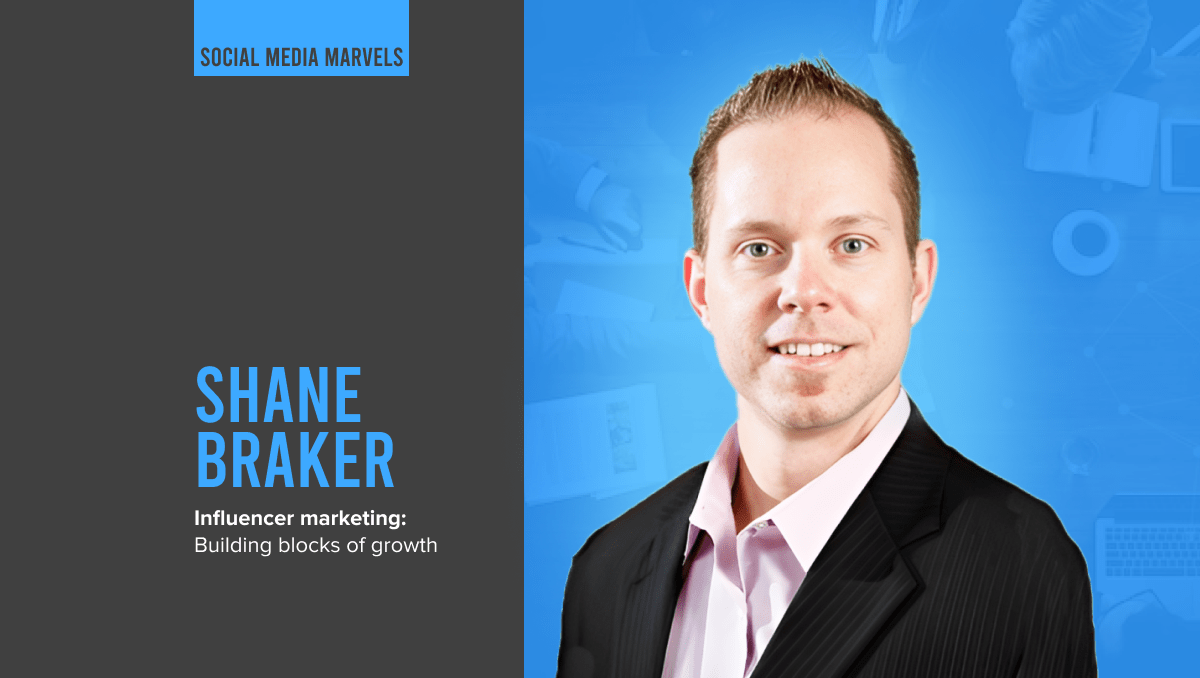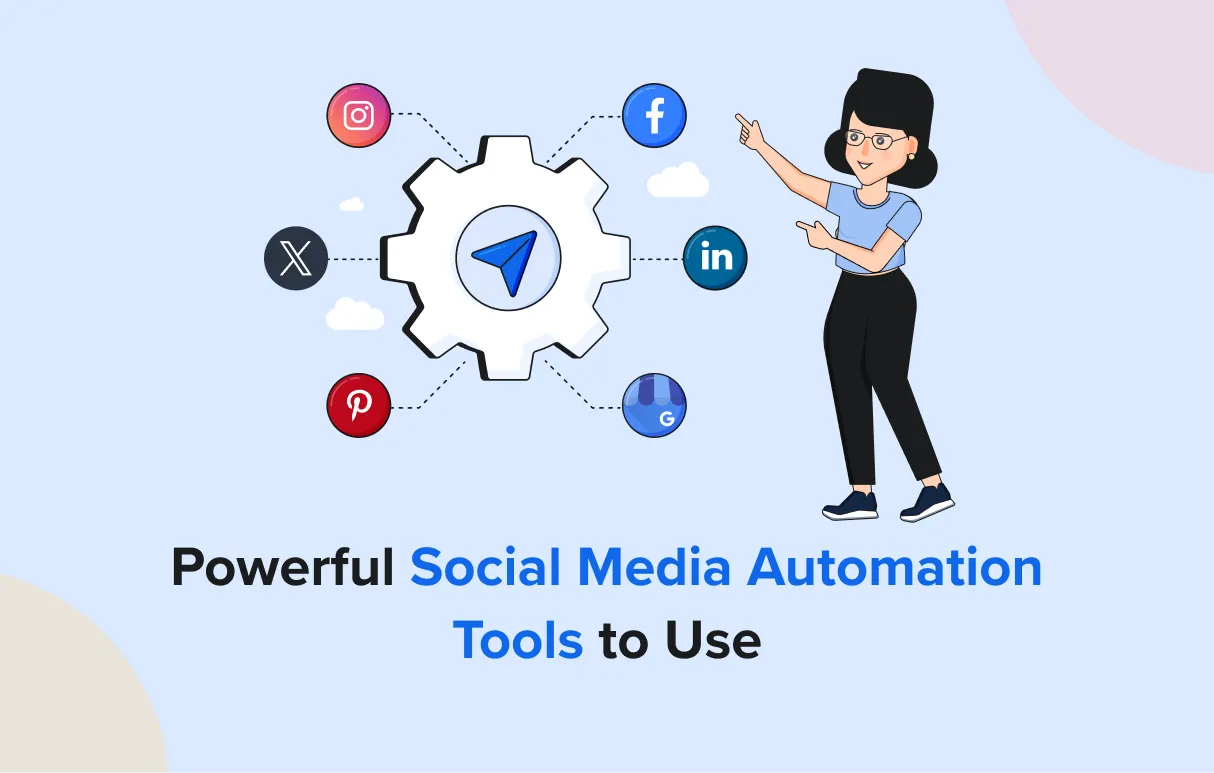The Social Media Marvels welcomes Shane Barker, a social media specialist with expertise in Influencer marketing. In this interview, we discuss the very basics of the strategy. What are some of the pressing questions a brand should ask or have answers to before taking up influencer marketing as a marketing strategy.
Find the summarized
What Do I Expect from this video :
- Influencer Marketing an industry specific strategy?
- How do you recognize whether a social media account is an influencer?
- Balancing the creativity factor with influencers and brand messaging.
- Influencer strategy checklist.
- How does one measure the success of any influencer?
Q – Besides, educating marketing professionals and dealing with businesses, you also teach a course on Influencer marketing at UCLA. How did that happen?
A – It’s a funny story actually. A local college here in Sacramento was looking to introduce a more relevant and current perspective towards marketing. Their instructors had been a part of the industry since 25 years, but the college wanted a fresh and practical approach. I asked them what would they need from my end. They said I needed to get my Master’s before we get on-board. I thought it would be a good idea. Few weeks later, UCLA reached out to me for their course on personal branding. They were looking for a practitioner in the realm of influencer marketing. I informed them that I don’t have my master’s yet. For them it wasn’t a problem and so I started taking a weekly class at UCLA. The smaller school lost out because it needed a degree, whereas UCLA saw the worth of my practical experience.
Q – Influencer marketing as a strategy is very industry-specific. How do niche tech or product-based companies leverage this strategy and actually shift the needle to bigger numbers?
A – Well you did it point it out correctly. If you’re a fitness or a fashion brand, then looking into influencers big on instagram would be the right way to go. But if you’re a tech product, then you need to recognize what works for you. You need to start with finding the right set of influencers, correct messaging, etc.
You need to analyze whether going after big names, spending big budgets will move the needle or not. Understand the right KPIs to follow since you’re tapping into a new audience – the audience of the influencers.
Test various scenarios, platforms, work with different influencers. One measure could measuring the ROI from that particular influencer. If I spend $1000 behind influencer resources, does it translate into a $2000 sale? Or whichever number is set.
Influencer marketing like any other paid strategy requires A/B testing. You need to work with a few influencers, diversify your campaign, in order to generate a significant ROI. Your budget should be justified by strategy.
A good strategy would be to build a long term relationship with the influencer. Instead of being a pushy salesman or collaborating a one-off deal, the audience should see the influencer use the product over a period of time. This works towards the advantage of the brand getting potential customers by investing in a sound, long term influencer strategy.
Q – When it comes to living the influencer life, people have a lot of misconceptions. How much of the glamor and fast-paced life worth it? What are some of the harsh realities of “Living the Life”?
A – Being a full-time influencer isn’t as glamorous as it seems. The people view only the tip of the iceberg. The influencer traveling across places for a 5 min photo shoot and boarding the next flight out to fine-dine with friends.
What the audience overlooks is the amount of prep that goes into the shoot, photos, videos, make-up, conceptualization, etc. It isn’t a day’s work. The hours and efforts put might translate into days or even months at a time. One can’t compensate it with a free product.
Brands need to understand the efforts that go behind designing the finished product while the influencer needs to evaluate what worked and which brands are worthy to work with.
Q – Like you mentioned, it takes a lot of effort to build that perfect campaign. Influencers want their creative freedom, while the brand expects a certain message to reach out in a particular manner. How do we strike a balance between creativity and messaging?
A – You recognized the influencer as a fit for your brand based on the creativity and content they had to offer. So would you try and fix something that isn’t broken? Influencers produce content that resonates with their audience and that’s how established themselves.
So rather than overriding their authority, work together with a guideline. For example, give a list of hashtags that you need them to use, or topics which shouldn’t be discussed. Collaborate on a storyboard, welcome new concepts in line with your brand’s messaging.
An influencer knows their audience the best. They know what kind of content works. A brand should not push down a piece of content which might not work for the influencers’ audience. The influencer can back his content with showcasing how well it performs compared to what the brand had in mind. Like for example, give engagement data between a static post and a video post, see which one resonates better.
Q – If the content gets repetitive, or the influencer seems biased in the eyes of the audience, can a brand still receive the same traction from the strategy?
A – In order to avoid looking like a sponsor hog, you as an influencer, need to recognize what resonates with your audience. Incorporate products or services which organically seem a part of your routine content.
For example, you produce content for the corporate, then approaching a formal apparel company fits right in with your persona. If you then plug a brand that makes suits, your audience won’t mind the sponsored content.
But if the product you plug isn’t fitting your organic content, the audience might not respond well and you might end up targeting the wrong brands. For example, if you don’t pursue yoga, and collaborate with a yoga company, your content loses authenticity.
As an influencer, it is a good idea to read your audience and then approach brands which work well alongside. Prepare a brief or a proposal, and then take it up to the big players. Showcase how you and your audience are a good fit towards the brand’s messaging.
Q – The golden question of influencer strategy – How does one work with the big influencers? Or should they focus on micro-influencers?
A – Well that depends on the strategy afterall. And your budget as well. If you feel with a huge follower count, your brand can move the needle, then go for it. But you also need to understand, as a seasoned influencer – all brands must be vying for their attention. They are going to take on a limited sponsorships and stay loyal. So understand if they’re worth the effort or not.
On the other hand, if you’re an established brand and can afford to spend big money behind the Kim Kardashians, then go ahead. But not all brands can afford the same budgets. Instead of targeting the big fish, why not look into micro-influencer?
These influencers might not have the follower count but bring true engagement to the table. They know their audience well, engage with them by replying to their comments, and are passionate influencers.
These influencers are easier to connect with, might not be looking for only the big bucks, and so won’t blow a hole in the pockets of a start-up. Recognize these, study their audience, and then prepare a personalized pitch focusing towards building relations.
For example, you can reach out by appreciating their work, saying despite small budgets, you’re willing to offer other resources in exchange beside content. This kind of negotiation work better when you know your target influencer and have been able to add value to their audience through your product or service.
Q – Besides having a large number of followers, how does a brand recognize that a particular creator is an influencer?
A – Well that’s the issue. Brands associate influencer popularity with the number of followers they have. For example, we pay you $1000 for X followers but pay $5000 for Y follower count. This is when influencers started having fake followers. They used it to leverage more pay from brands.
But let’s an influencer has a smaller follower count, but the content they produce is far more engaging over a person with a million follower count. As a brand, you can convert more sales leveraging the smaller influencer.
It is because the influencer is more engaged, knows the audience better, and has created an impact through content he has put out. You get software to find the influencers within your niche. But in order to streamline the targeting, look into the content they produce and whether they engage with the audience at an authentic level.
Rather than looking at vanity metrics like follower count, if the influencer produces engagement, the brand can leverage it. The brand can tap far more of his engaged audience as a potential audience as compared to marketing the product via a less engaged influencer.
Q – A checklist one should follow or have in place before stepping into influencer marketing as a social media strategy?
A – It all comes down to two things – budget and content. You can say what kind of a budget you are willing to allocate towards your influencer strategy.
Then you look at analyzing whether the influencer provides value in comparison with the budget you have allocated towards him.
You should also have a content repurpose strategy in place. The influencer has given you a piece of content like an image or video or a quote. Now, what are going to do with it? Put it up on the website as a testimonial, use it for your paid campaign, write a blog around it, etc.
The contract you draw should also clearly state the multiple use of the piece of content provided by the influencer. The influencer should also be aware that you might be using their content across various platforms.
So the idea is always get your money’s worth!
The #SocialMediaMarvels is a podcast series that invites digital marketing influencers from across the world to celebrate their journey and get a glimpse of their contributions to the field. Get actionable tips, learn directly from the practitioners, and imbibe it to help your business.


